Voice recognition technology, often referred to as speech recognition, has emerged as a transformative force in the realm of human-computer interaction. This technology enables machines to understand and process human speech, allowing users to communicate with devices using their voice. The implications of this capability are vast, ranging from enhancing accessibility for individuals with disabilities to streamlining workflows in various industries.
As voice recognition systems become increasingly sophisticated, they are reshaping how we interact with technology, making it more intuitive and user-friendly. The rise of voice recognition technology is not merely a trend; it represents a significant shift in the way we engage with our digital environments. With the proliferation of smart devices and virtual assistants like Amazon’s Alexa, Apple’s Siri, and Google Assistant, voice recognition has become an integral part of everyday life.
This technology is not only changing consumer behavior but also influencing business operations and service delivery across multiple sectors. As we delve deeper into the history, mechanics, applications, and future of voice recognition technology, it becomes evident that its impact is profound and far-reaching.
Key Takeaways
- Voice recognition technology allows machines to understand and interpret human speech, enabling users to interact with devices using voice commands.
- The history of voice recognition technology dates back to the 1950s, with significant advancements in accuracy and usability over the years.
- Voice recognition technology works by converting spoken words into text or commands through a process of speech recognition and natural language processing.
- Voice recognition technology is widely used in applications such as virtual assistants, dictation software, and voice-activated devices.
- The advantages of voice recognition technology include hands-free operation, accessibility for people with disabilities, and increased efficiency in various industries.
History of Voice Recognition Technology
Breakthroughs in the 1970s
The 1970s marked a significant turning point with the introduction of more sophisticated algorithms and the advent of digital signal processing. The “Harpy” system, developed at Carnegie Mellon University, was capable of recognizing over 1,000 words and could understand continuous speech. This breakthrough demonstrated that machines could process natural language more effectively, paving the way for commercial applications.
Advancements in the Late 1990s and Early 2000s
However, it wasn’t until the late 1990s and early 2000s that voice recognition technology began to gain traction in consumer products, thanks to improvements in computational power and machine learning techniques.
From Research to Reality
How Voice Recognition Technology Works
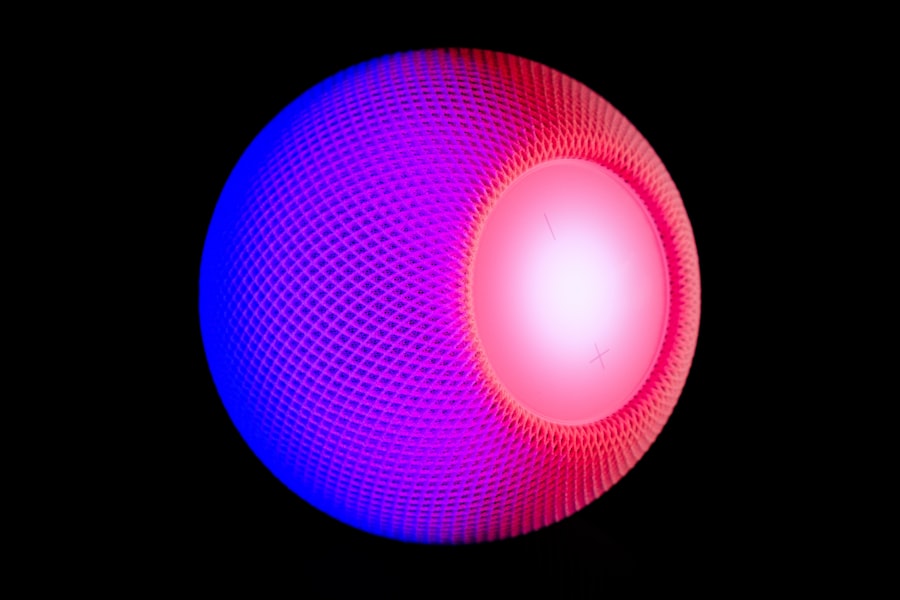
At its core, voice recognition technology relies on complex algorithms that convert spoken language into text. The process begins with sound waves generated by human speech, which are captured by a microphone. These sound waves are then transformed into digital signals that can be analyzed by a computer.
The first step in this analysis involves feature extraction, where the system identifies distinct characteristics of the audio signal, such as pitch and frequency. Once the features are extracted, the system employs various models to interpret the sounds. One common approach is the use of Hidden Markov Models (HMM), which statistically represent the sequence of sounds in speech.
These models help the system predict which words or phrases correspond to the captured audio. Additionally, modern voice recognition systems often utilize deep learning techniques, particularly neural networks, to improve accuracy and adaptability. By training on vast datasets of spoken language, these systems can learn to recognize diverse accents, dialects, and speech patterns.
Applications of Voice Recognition Technology
| Application | Description |
|---|---|
| Virtual Assistants | Used for tasks like setting reminders, playing music, and answering questions. |
| Speech-to-Text Transcription | Converts spoken words into written text, used in dictation and transcription services. |
| Voice Search | Allows users to search the internet using voice commands. |
| Voice Biometrics | Used for security and authentication purposes by recognizing a person’s unique voice patterns. |
Voice recognition technology has found applications across numerous fields, revolutionizing how tasks are performed and services are delivered. In the realm of personal devices, virtual assistants have become ubiquitous, allowing users to perform tasks such as setting reminders, playing music, or controlling smart home devices through simple voice commands. This convenience has made voice interaction a preferred method for many users who seek hands-free solutions.
In professional settings, voice recognition technology is increasingly utilized for transcription services, enabling faster documentation of meetings and interviews. Legal professionals, for instance, benefit from this technology by converting spoken testimonies into written records efficiently. Furthermore, industries such as automotive have integrated voice recognition systems into vehicles, allowing drivers to control navigation and entertainment systems without taking their hands off the wheel or their eyes off the road.
Advantages of Voice Recognition Technology
The advantages of voice recognition technology are manifold and contribute significantly to its growing adoption. One of the most notable benefits is enhanced accessibility for individuals with disabilities. For those who may have difficulty using traditional input methods like keyboards or touchscreens, voice recognition provides an alternative means of interaction that can empower them to engage with technology more fully.
Moreover, voice recognition technology can significantly improve efficiency in various workflows. In customer service environments, for example, automated systems can handle routine inquiries through voice commands, freeing up human agents to focus on more complex issues. This not only streamlines operations but also enhances customer satisfaction by reducing wait times and providing immediate assistance.
Additionally, the hands-free nature of voice interaction allows users to multitask effectively, making it an ideal solution in scenarios where manual input is impractical.
Disadvantages of Voice Recognition Technology

Despite its numerous advantages, voice recognition technology is not without its challenges and limitations. One significant drawback is its reliance on clear speech for accurate recognition. Background noise, accents, and variations in pronunciation can lead to misunderstandings or misinterpretations by the system.
This can be particularly problematic in noisy environments or when dealing with diverse user populations. Privacy concerns also loom large in discussions about voice recognition technology. Many systems require continuous listening to detect wake words or phrases, raising questions about data security and user consent.
Instances of unauthorized access or data breaches can undermine trust in these technologies. Furthermore, there is an ongoing debate about how voice data is stored and used by companies, with calls for greater transparency and regulation in this area.
Voice Recognition Technology in Healthcare
In the healthcare sector, voice recognition technology has emerged as a powerful tool for improving patient care and operational efficiency. Medical professionals increasingly rely on speech-to-text systems for documentation purposes, allowing them to dictate patient notes directly into electronic health records (EHRs). This not only saves time but also reduces the administrative burden associated with manual data entry.
Additionally, voice recognition can enhance patient interactions by enabling healthcare providers to access information hands-free during consultations. For instance, doctors can retrieve patient histories or lab results while maintaining eye contact with patients, fostering better communication and rapport. Furthermore, specialized applications have been developed for telemedicine platforms that allow patients to interact with healthcare providers using voice commands during virtual consultations.
Voice Recognition Technology in Customer Service
The customer service industry has been significantly transformed by the integration of voice recognition technology into support systems. Many companies now employ automated voice response systems that can handle a wide range of customer inquiries without human intervention. These systems utilize natural language processing (NLP) to understand customer requests and provide relevant information or solutions.
For example, a telecommunications company might use a voice-activated system to assist customers with billing inquiries or technical support issues. By allowing customers to navigate menus using their voices rather than pressing buttons on a keypad, these systems enhance user experience and reduce frustration. Moreover, they can operate 24/7, providing immediate assistance outside regular business hours and improving overall service availability.
Voice Recognition Technology in Smart Homes
The advent of smart home technology has been greatly facilitated by advancements in voice recognition systems. Home automation devices such as smart speakers and hubs allow users to control various aspects of their living environment through simple voice commands. From adjusting lighting and temperature to managing security systems and entertainment devices, voice recognition has made home management more convenient than ever.
For instance, a user can simply say “turn on the living room lights” or “play my favorite playlist,” and the smart home system will execute these commands seamlessly. This level of integration not only enhances user comfort but also promotes energy efficiency by enabling users to monitor and control their energy consumption more effectively. As smart home ecosystems continue to evolve, the role of voice recognition technology will likely expand further, offering even more sophisticated capabilities.
The Future of Voice Recognition Technology
Looking ahead, the future of voice recognition technology appears promising as ongoing research and development continue to push the boundaries of what is possible. One area of focus is improving accuracy and understanding across diverse languages and dialects. As globalization increases, there is a growing need for systems that can cater to multilingual users effectively.
Additionally, advancements in artificial intelligence (AI) are expected to enhance contextual understanding in voice recognition systems. Future iterations may be able to comprehend not just words but also nuances such as tone and emotion, allowing for more natural interactions between humans and machines. Furthermore, as privacy concerns remain paramount, developers will need to prioritize secure data handling practices while ensuring compliance with regulations governing user data protection.
The Impact of Voice Recognition Technology
Voice recognition technology has undeniably made a significant impact across various sectors by enhancing accessibility, improving efficiency, and transforming user experiences. Its applications span healthcare, customer service, smart homes, and beyond—each benefiting from the ability to interact with machines through natural language. As this technology continues to evolve and integrate into our daily lives, it will undoubtedly shape the future landscape of human-computer interaction in ways we are only beginning to understand.
The ongoing advancements in machine learning and AI will further refine these systems’ capabilities while addressing existing challenges related to accuracy and privacy concerns. As we embrace this technological evolution, it is essential to remain vigilant about ethical considerations surrounding data usage and user consent. Ultimately, the trajectory of voice recognition technology promises not only to enhance our interactions with devices but also to redefine our relationship with technology itself.
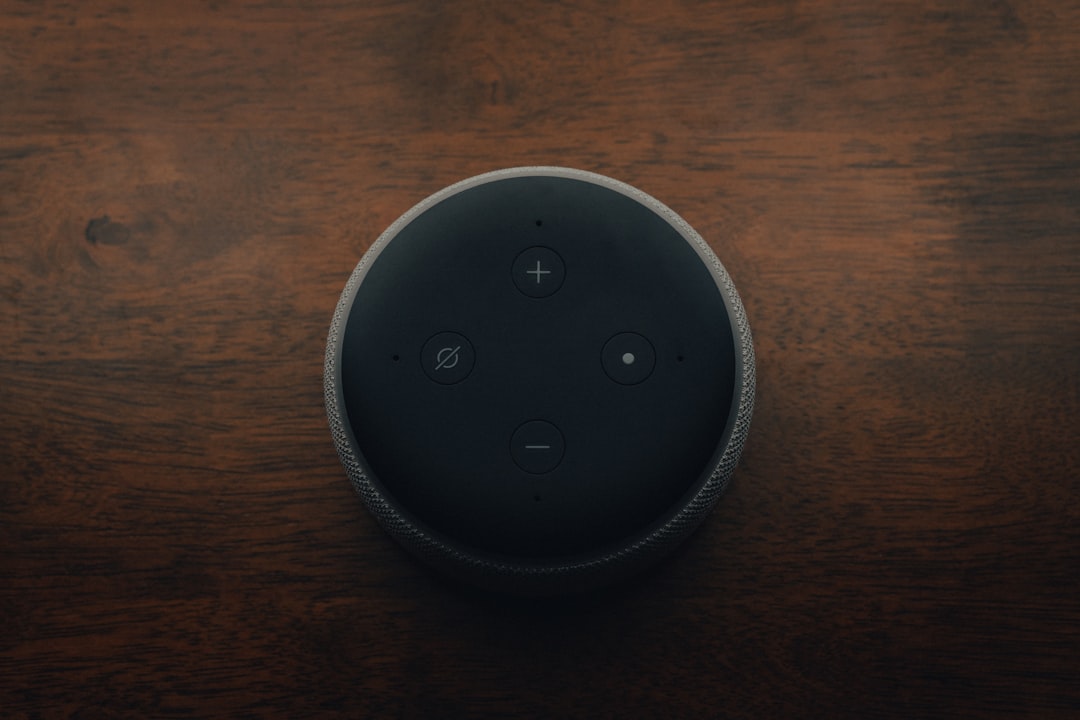
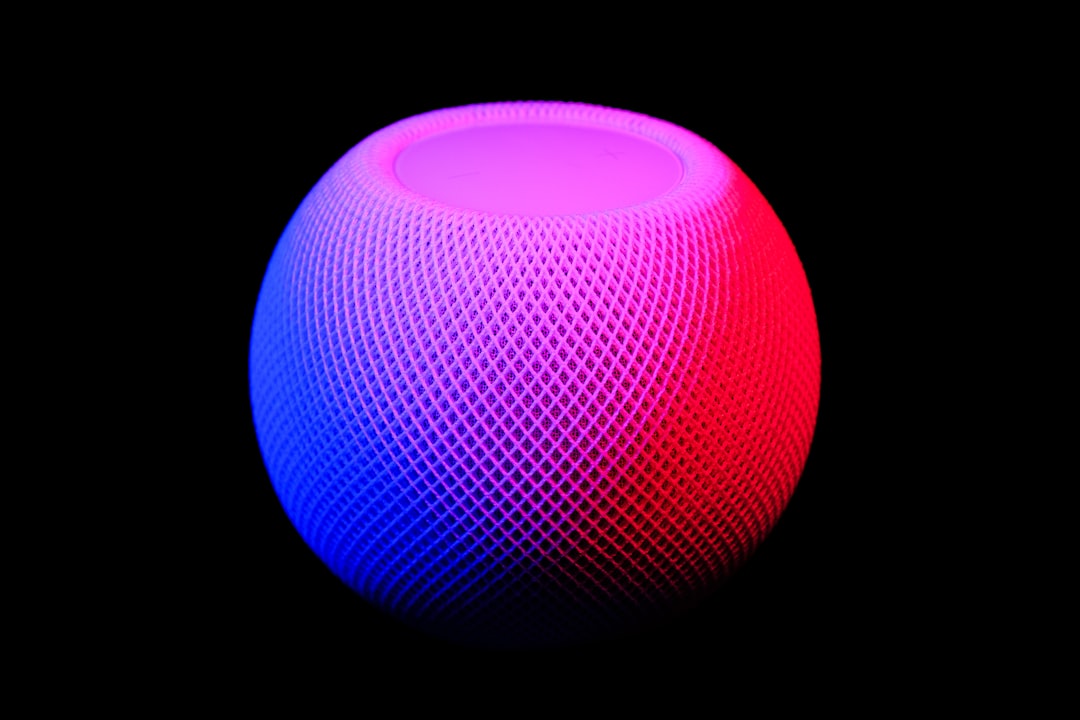

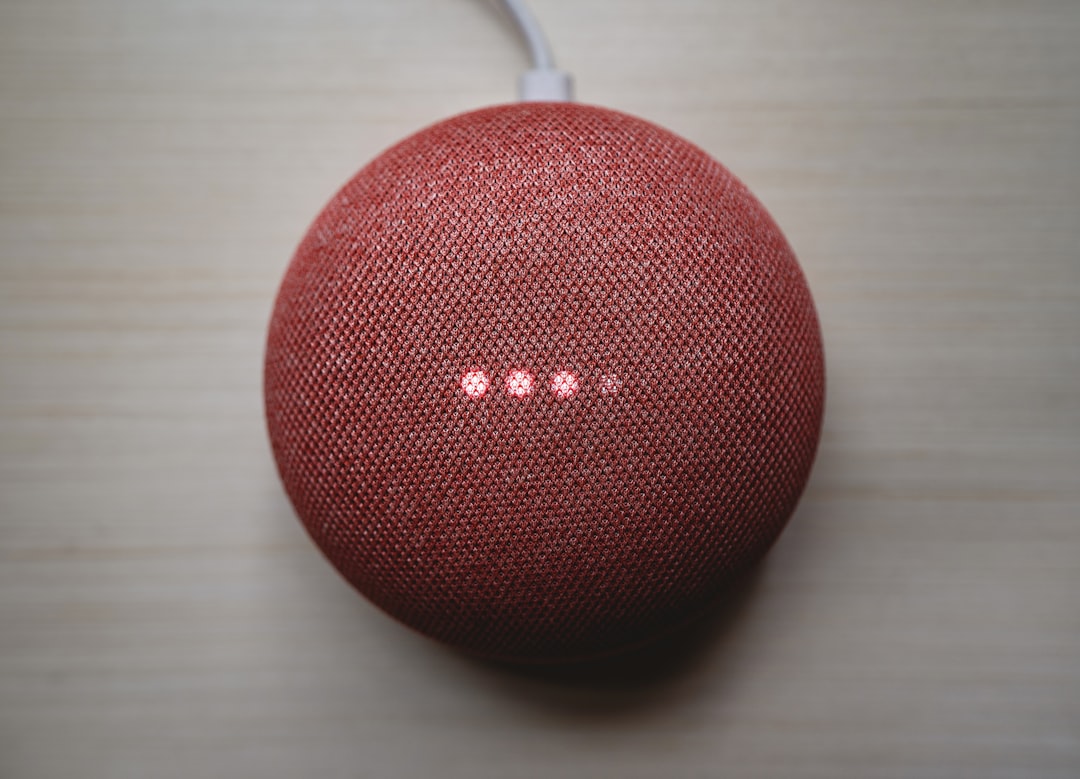

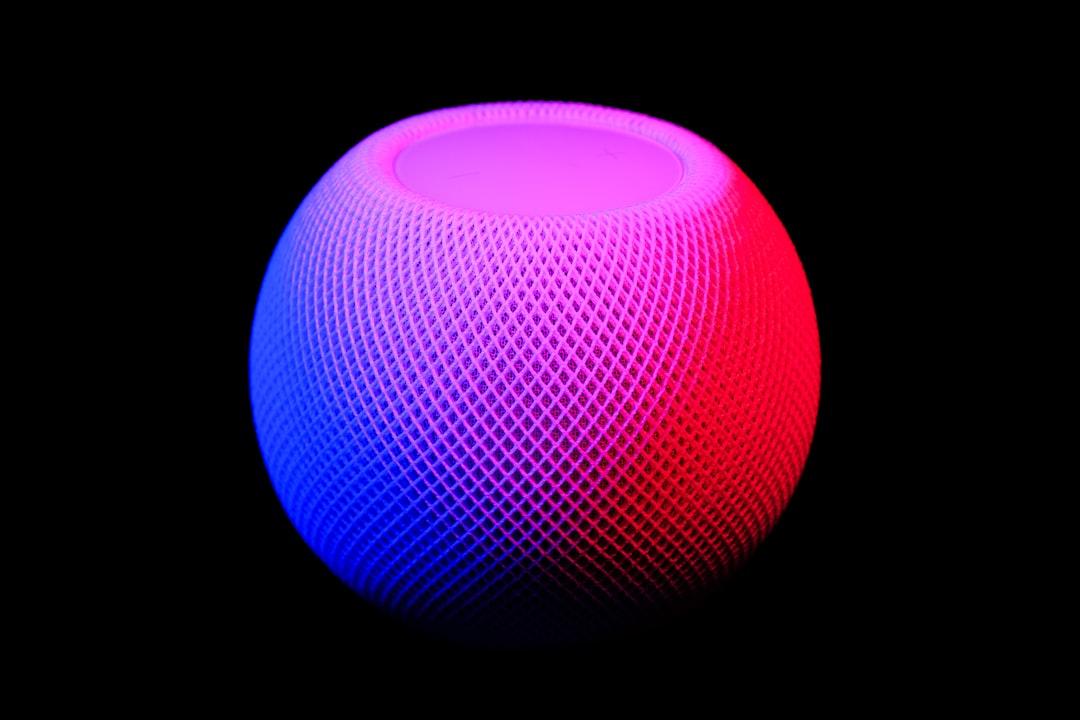





Leave a Reply